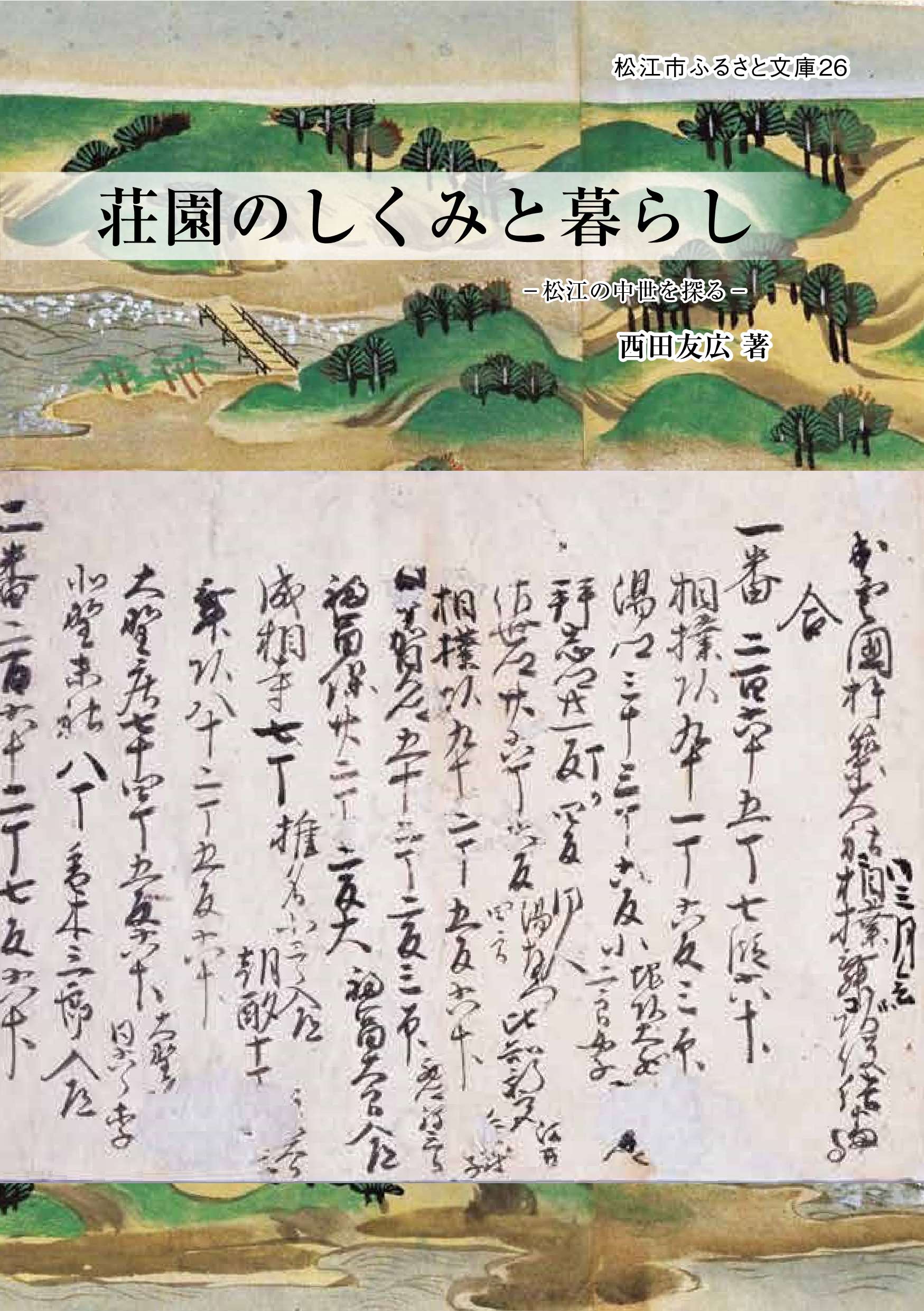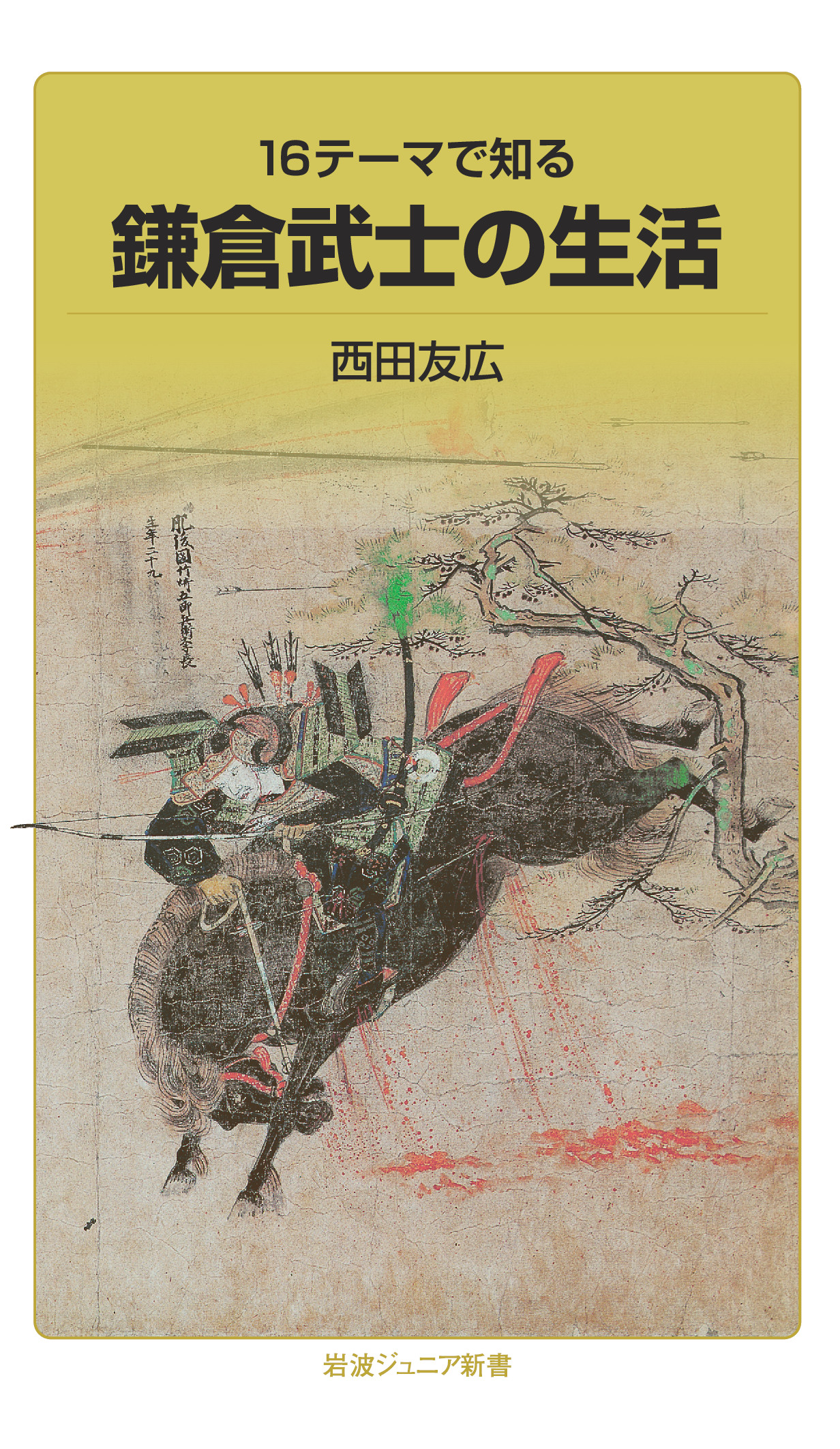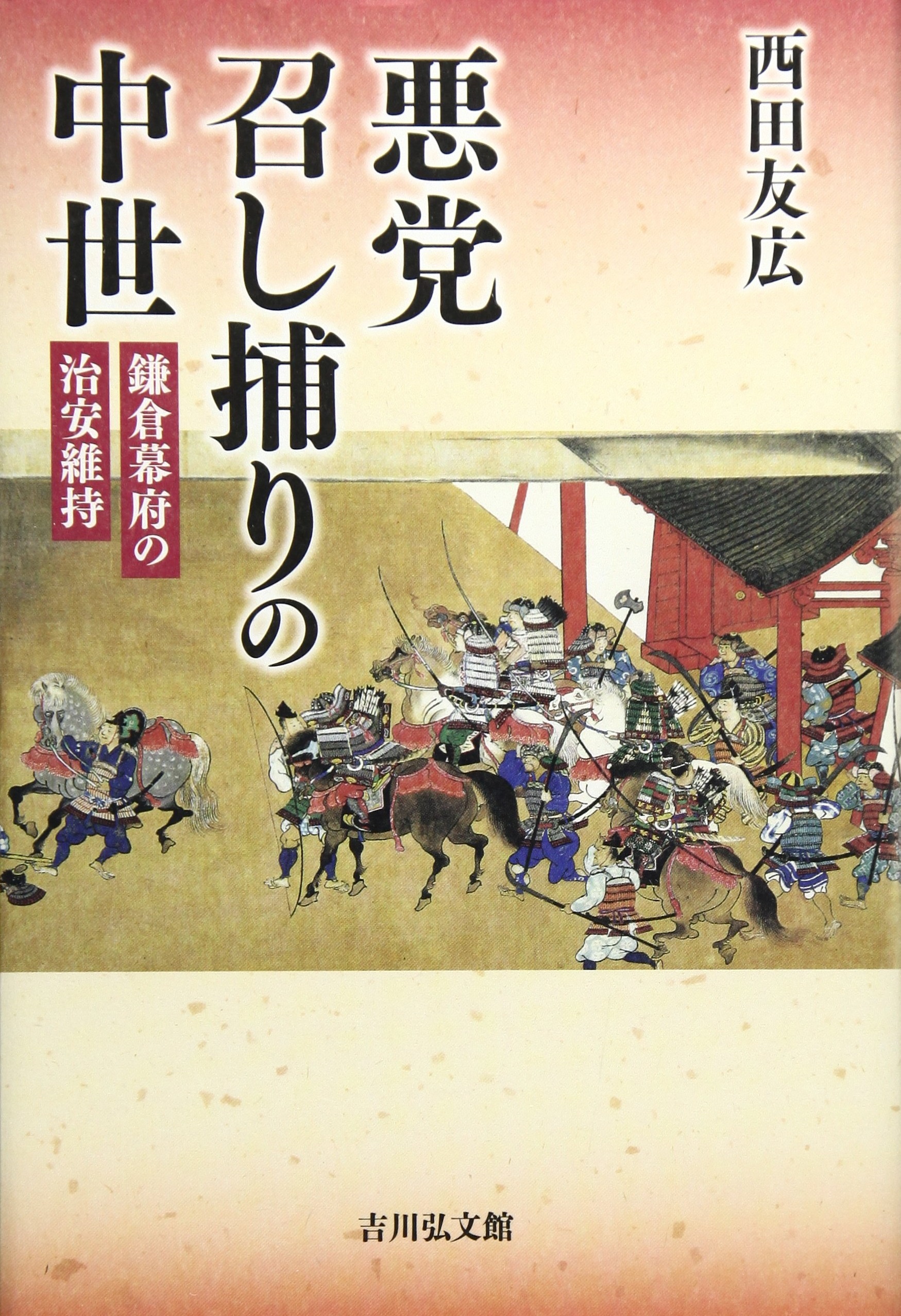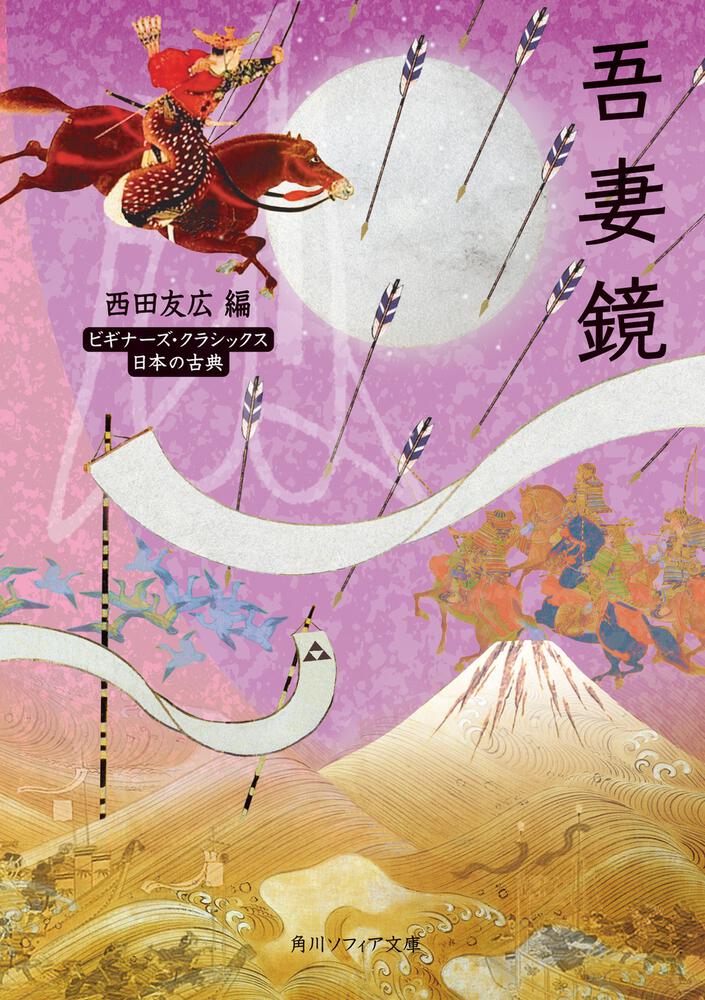
Title
Matsue Hometown Library Shoen no shikumi to Kurashi (The Structure and Daily Life of Landed Estates - Exploring the Medieval Period in Matsue)
Size
96 pages, A5 format
Language
Japanese
Released
January, 2021
ISBN
9784904911747
Published by
Matsue-city community development department, Historical Documents Research Division
Book Info
See Book Availability at Library
Japanese Page
This is the twenty-sixth book in the series “Matsue Hometown Library” published by the city of Matsue, the capital of Shimane prefecture. This series was launched in 2005, when the new Matsue city was born as a result of amalgamation with nearby towns and villages, and its aim is to introduce citizens to the history and natural environment that survives in the municipal area of Matsue by taking up various topics in an easy-to-understand manner.
This book was written on the basis of my experiences and findings gained through participating in the writing of the History of Matsue City, which was initiated as one of the projects commemorating the 400th anniversary of the commencement of the construction of the castle town of Matsue in 1607. It explains the structure of “landed estates” (shōen), which invariably feature in textbooks about Japanese history, and the daily lives of people who lived there.
Landed estates are generally explained as the private landholdings of members of the nobility or temples and shrines, but their structure was quite complicated, and teachers often find it a difficult subject to teach in the classroom. In this book, I have endeavoured to describe in simple terms the structure of landed estates and the lives of people living there with reference to examples from the area around Matsue during the first half of the medieval period, from the Insei period to the Kamakura period, when the system of landed estates is considered to have been functioning optimally.
Chapter 1 describes the characteristics of the medieval landed estate and its role within the overall structure of contemporary society. I also explain how a landed estate was established, a subject about which research has been making major advances in recent years.
Chapter 2, focusing on a landed estate formerly in the municipal area of Matsue called Machida-no-shō, explains its structure, the status of the various people involved in its management, and their relationships.
Chapter 3 describes the housing, food, and clothing of people living on a landed estate and their various productive and economic activities. In particular, fishing and the production of mats in Matsue’s distinctive natural environment, with its inland waters of Lake Shinji and Nakaumi, are explained in considerable detail. The daily lives of people at the time are described with reference to specific examples whenever possible, including examples from other regions.
Chapter 4 describes the practice of dividing the land of an estate between civil and military proprietors, which also invariably figures in textbooks about Japanese history, this time with reference to another landed estate formerly in the municipal area of Matsue called Hokki-no-shō. I explain in detail why and how an estate would be divided between the civil proprietor in the form of a noble, a temple or a shrine and an estate steward appointed by the Kamakura shogunate, and how an estate’s structure changed as a result of this partitioning of the land.
In order to allow the reader to gain as concrete an image as possible of the structure of landed estates and the lives of the people who lived there, a large number of illustrations and photographs have been included, along with quotations from contemporary documents. I shall be delighted if this book encourages readers to take an interest in the localities where they live and in the lives of people who lived there in the past.
(Written by NISHITA Tomohiro, Associate Professor, Historiographical Institute / 2021)



 Find a book
Find a book




